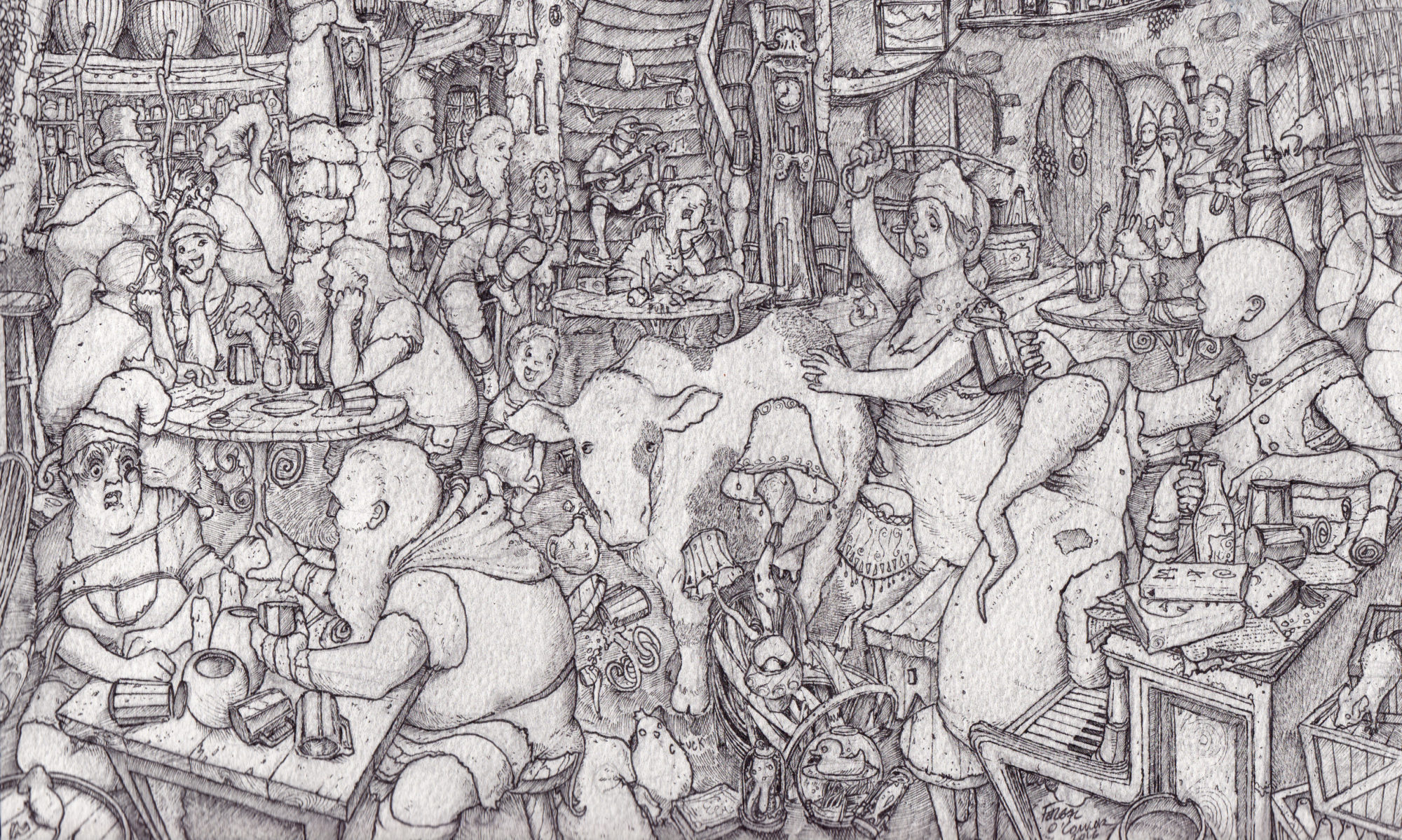The cresset or fire basket was a lighting apparatus of the Middle Ages, used in Europe. In its most simple form it was a fire in a basket, the basket being metal or pottery, that was carried around like a torch. It was reusable and refuelable, advantages over torches, and simple to make. Larger versions functioned as streetlights, but these weren’t streetlights as we consider streetlights now.
The street light as we think of them in the usage we’re familiar with came about with gas. Cressets were much simpler and cruder. While a single human could tend a number of gas streetlights, a cresset tender had to haul wood shavings and blocks up the pole and feed them to the flame. Ladders were often just rungs stuck to the side of the pole or carved.
Poles were used of any height that a ladder could reach so probably taller than a human or at least lifted above human head high, but not too difficult to access. Atop these poles metal or pottery baskets stood, perforated on all sides except the bottom so light could escape. Sappy, resinous wood and dry were used together, the sappy wood providing a liquid fuel not totally unlike wax. The dry wood burned somewhat like a wick. A tender would collect shavings or scraps of both and dump the fuel into the cresset from time to time. Hanging cressets operated functionally the same way. The baskets were simply put on chains, and those hung from the pole either itself or via a crossbar.
Cressets as carried lighting structures hung from chains on poles, but the poles were man portable instead of being emplaced. They were used as late as the eighteenth century because for all their crudeness, they worked well and had few pieces to break. Cressets were the bicycles of early lighting. Coal cressets remained in use into the nineteenth century and the fire-devil is still used today.
